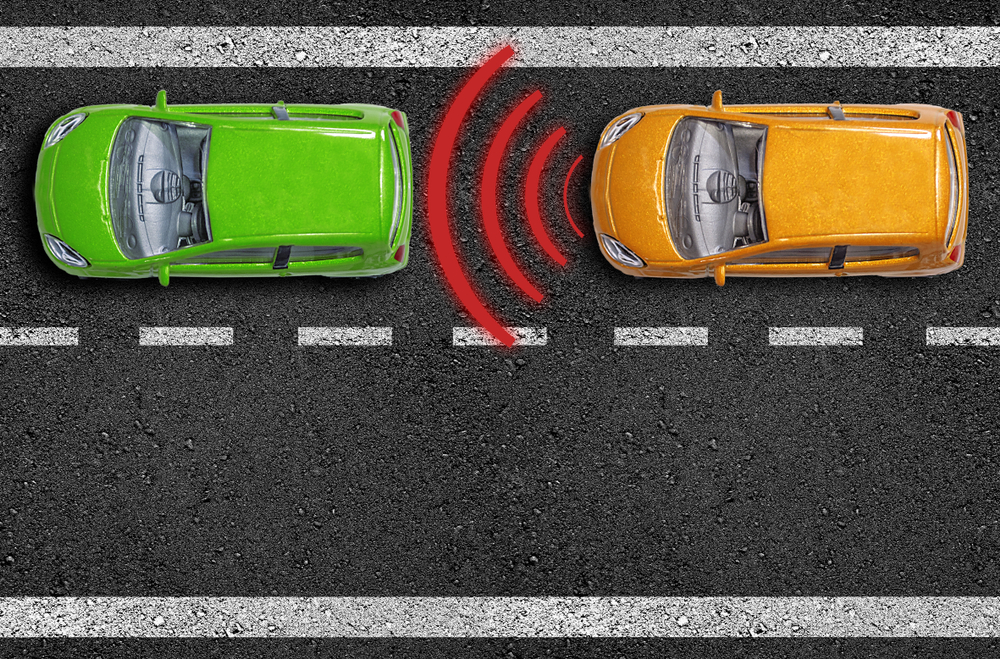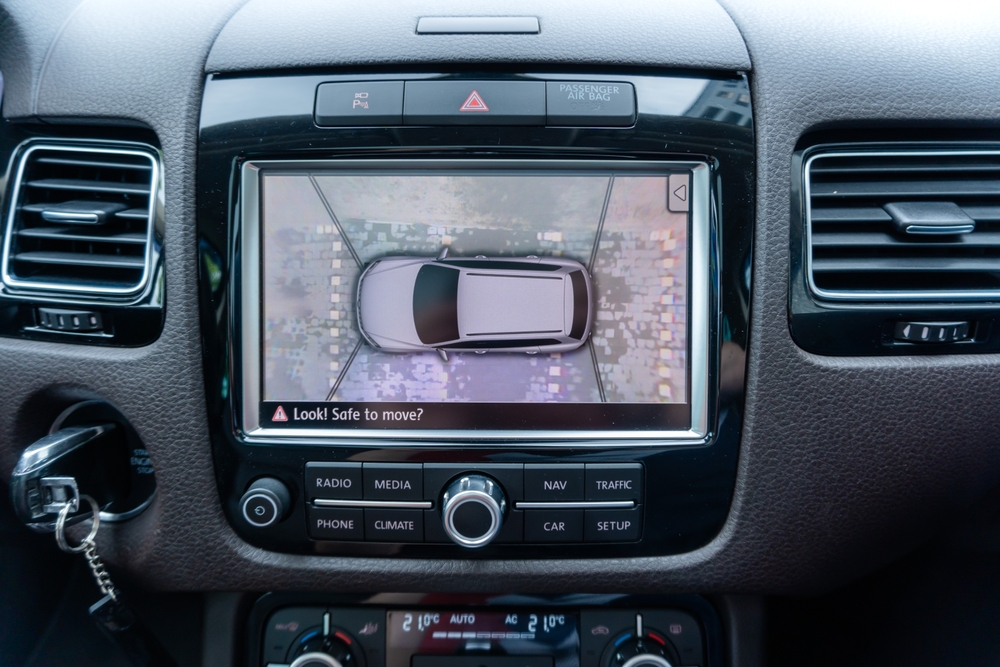Automotive safety has come a long way since the days of basic seatbelts and airbags. Today, the industry is at the forefront of innovation, incorporating advanced technologies that significantly enhance driver and passenger protection. From autonomous driving systems to sophisticated collision avoidance technologies, these cutting-edge advancements are transforming how we think about vehicle safety. Explore how the latest innovations are setting new standards in automotive safety and reshaping the driving experience.
Autonomous Emergency Braking (AEB): Preventing Collisions Before They Happen
Autonomous Emergency Braking (AEB) systems use sensors and cameras to detect potential collisions and automatically apply the brakes if a collision is imminent. This technology helps prevent accidents by reacting faster than a human driver could, especially in high-stress situations. AEB systems are becoming standard in many new vehicles, offering an extra layer of protection and enhancing overall road safety.

Adaptive Cruise Control (ACC): Maintaining Safe Distances with Precision
Adaptive Cruise Control (ACC) is a sophisticated system that maintains a set speed while automatically adjusting to the flow of traffic. By using radar and cameras to monitor the distance between your vehicle and the one ahead, ACC can slow down or accelerate as needed to maintain a safe following distance. This technology reduces driver fatigue and enhances safety during long drives and stop-and-go traffic.
Lane-Keeping Assist (LKA): Staying Centered in Your Lane
Lane-Keeping Assist (LKA) helps drivers stay within their designated lanes by providing steering inputs or alerts if the vehicle begins to drift. Using cameras to monitor lane markings, LKA can gently steer the vehicle back into its lane or notify the driver if unintentional lane departure is detected. This technology is particularly useful on highways and in conditions where lane markings are less visible.
Blind Spot Monitoring (BSM): Enhancing Visibility and Awareness
Blind Spot Monitoring (BSM) uses sensors to detect vehicles in your blind spots and alert you if it’s unsafe to change lanes. BSM systems often include visual indicators in the side mirrors or audible warnings to alert the driver. This technology helps prevent accidents caused by unseen vehicles and improves overall lane-change safety, particularly on multi-lane roads.

Rear Cross Traffic Alert (RCTA): Avoiding Collisions While Reversing
Rear Cross Traffic Alert (RCTA) enhances safety when backing out of parking spaces by alerting drivers to cross traffic approaching from the sides. Using sensors placed in the rear bumper, RCTA detects moving vehicles and provides visual or auditory warnings if a potential collision is detected. This feature is particularly useful in busy parking lots and driveways where visibility can be limited.
Automatic Parking Assistance: Simplifying Parking Maneuvers
Automatic Parking Assistance systems help drivers park their vehicles by automatically steering into a parking space while the driver controls the throttle and brakes. These systems use sensors and cameras to identify suitable parking spots and guide the vehicle into the space with minimal input from the driver. This technology reduces the stress of parallel parking and enhances accuracy in tight parking situations.
Advanced Airbag Systems: Protecting Occupants in Multiple Scenarios
Advanced airbag systems go beyond traditional front and side airbags to include knee airbags, rear curtain airbags, and more. These airbags are designed to deploy in various collision scenarios, providing comprehensive protection to different parts of the body. By offering a multi-layered approach to occupant protection, these systems improve overall safety and reduce the risk of injury in accidents.

Driver Attention Monitoring: Alerting Distracted Drivers
Driver Attention Monitoring systems use sensors and cameras to detect signs of driver drowsiness or distraction. By analyzing driving behavior, such as steering patterns and eye movement, these systems can issue alerts or warnings if signs of fatigue or inattention are detected. This technology helps keep drivers focused on the road and reduces the risk of accidents caused by impaired attention.
Traction and Stability Control Systems: Enhancing Vehicle Control
Traction and Stability Control Systems (TCS/ESC) are designed to improve vehicle stability and control in slippery or uneven road conditions. By continuously monitoring wheel speeds and vehicle dynamics, these systems can apply brakes to individual wheels or adjust engine power to prevent skidding and loss of control. This technology enhances safety during adverse weather conditions and improves overall handling.
360-Degree Camera Systems: Providing a Comprehensive View
360-Degree Camera Systems use multiple cameras placed around the vehicle to create a bird’s-eye view of the surrounding area. This comprehensive view helps drivers navigate tight spaces, avoid obstacles, and park more accurately. By providing a clear and detailed view of the vehicle’s surroundings, this technology enhances situational awareness and reduces the risk of collisions.

V2X Communication: Enabling Vehicle-to-Everything Connectivity
Vehicle-to-Everything (V2X) communication enables vehicles to communicate with each other and with infrastructure elements, such as traffic signals and road signs. This technology allows vehicles to share information about road conditions, traffic patterns, and potential hazards, improving overall safety and traffic management. V2X communication supports advanced safety features and helps create a more connected and efficient transportation ecosystem.
Conclusion
The evolution of automotive safety technologies is transforming how we approach vehicle protection and road safety. From autonomous emergency braking and adaptive cruise control to advanced airbag systems and V2X communication, these innovations are setting new benchmarks for safety and enhancing the overall driving experience. As technology continues to advance, the automotive industry is committed to further improving safety features and providing drivers with the tools they need to stay protected on the road.

